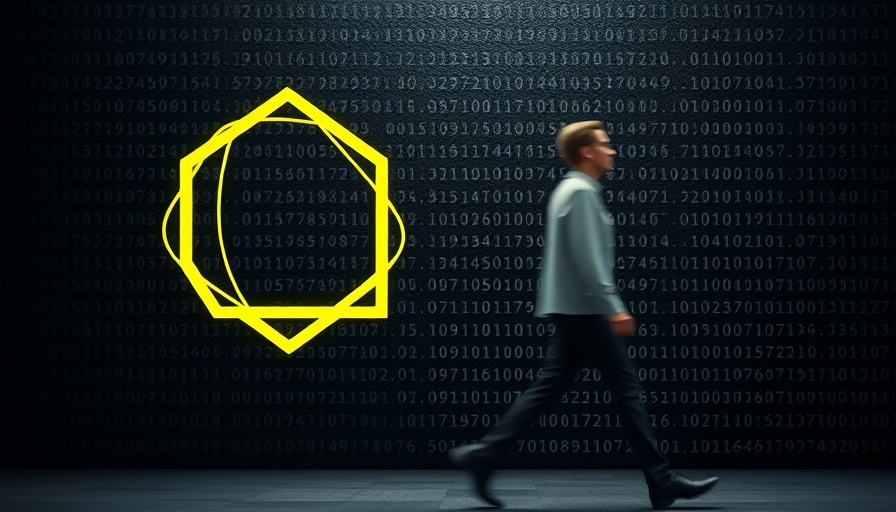
How CBA's U-Turn Reflects the Human Element in AI
The Commonwealth Bank of Australia (CBA) has made a significant decision that touches the lives of many workers by reversing its initial plans to replace numerous employees with artificial intelligence. The bank has realized, after discussions at the Fair Work Commission, that the increasingly heavy workloads cannot be effectively managed without the irreplaceable contribution of humans.
The Role of Humans in AI-Driven Workspaces
This decision underscores a growing understanding across various sectors that while AI can streamline processes and increase efficiency, it cannot replicate the human touch needed in customer service and complex decision-making. The jobs CBA aimed to cut were not just positions; they were roles filled by individuals who understood the bank's culture and customer relationships. As pressure mounts for banks and corporations to adapt to rapid technological advancements, this shift highlights an essential balance that must be struck between embracing technology and valuing human input.
The Bigger Picture: Regulatory Discussions on AI
CBA's move comes amidst broader discussions within the Albanese government regarding AI regulations. Unlike unions advocating for a standalone AI act to safeguard jobs, the government is leaning towards revising existing laws to adapt to this new reality. This debate raises crucial questions about the direction AI should take in workplaces across Australia and how to ensure that workers are not left behind in the wave of technological advancement.
What This Means for the Workforce
The reversal of job cuts at CBA provides a glimmer of hope for many in the workforce concerned about the threat of AI job loss. With predictions of ongoing automation across various industries, employees are increasingly worried about job security. CBA's decision reflects a potential shift in corporate thinking, recognizing that human oversight and engagement are vital in ensuring effective service delivery.
Community Voices: Resilience Against Change
As local communities grapple with shifts in job landscapes due to technology, the voices of those impacted become more critical. Stories from employees who worried about their futures remind us that economic transitions can be deeply personal. These narratives encourage dialogue about the ways companies can support workers through training and retraining programs, helping individuals adapt to the changing job environment.
Looking Ahead: A Sustainable Approach to AI
As CBA re-integrates its human workforce, there’s an opportunity for other institutions to reflect on their practices as well. Maintaining a human-centric approach to AI implementation could set a precedent for how industries worldwide prioritize their employees amid rapidly advancing technologies. The experience of CBA serves as a case study for businesses everywhere, illustrating the necessity for both technological innovation and dedicated human resources.
Call to Action: Join the Conversation
As employees and communities navigate changes brought by technology, it's essential to advocate for a balanced approach to AI. Share your thoughts on how businesses can integrate AI while preserving the human element. Let's foster a dialogue that values both innovation and the workforce!
 Add Row
Add Row  Add
Add 




Write A Comment